Growing Acceptance of Telemedicine
The increasing acceptance of telemedicine is reshaping the Bipolar Disorders Treatment Market. Telehealth services have gained traction, particularly in mental health care, as they offer patients convenient access to specialists without geographical constraints. A survey conducted in 2025 revealed that nearly 60% of individuals with bipolar disorder prefer telehealth consultations over traditional in-person visits. This shift not only facilitates timely interventions but also reduces the burden on healthcare systems. As telemedicine continues to evolve, it is likely to play a crucial role in the management of bipolar disorders, enhancing patient engagement and adherence to treatment plans, which could lead to improved outcomes.
Emphasis on Holistic Treatment Approaches
The emphasis on holistic treatment approaches is gaining momentum within the Bipolar Disorders Treatment Market. There is a growing recognition that effective management of bipolar disorder requires a comprehensive strategy that includes not only pharmacological interventions but also psychotherapy, lifestyle modifications, and support systems. Recent studies suggest that integrated treatment plans that address both psychological and physical health can lead to better patient outcomes. This holistic perspective encourages collaboration among healthcare providers, patients, and families, fostering a supportive environment for recovery. As the market evolves, the incorporation of holistic approaches is likely to enhance treatment efficacy and patient satisfaction.
Advancements in Pharmacological Treatments
Innovations in pharmacological treatments are significantly influencing the Bipolar Disorders Treatment Market. The development of novel medications, such as mood stabilizers and atypical antipsychotics, has expanded the therapeutic arsenal available to clinicians. Recent data indicates that the global market for bipolar disorder medications is projected to reach USD 5.5 billion by 2026, reflecting a compound annual growth rate of approximately 4.5%. These advancements not only improve patient outcomes but also enhance adherence to treatment regimens. As research continues to unveil the neurobiological underpinnings of bipolar disorder, the introduction of targeted therapies may further revolutionize treatment paradigms, thereby fostering market expansion.
Increasing Prevalence of Bipolar Disorders
The rising incidence of bipolar disorders is a pivotal driver for the Bipolar Disorders Treatment Market. Recent estimates indicate that approximately 2.8% of adults in the United States experience bipolar disorder at some point in their lives. This growing prevalence necessitates enhanced treatment options and increased healthcare resources. As awareness of mental health issues expands, more individuals seek diagnosis and treatment, thereby propelling market growth. Furthermore, the stigma surrounding mental health is gradually diminishing, encouraging more patients to pursue therapeutic interventions. This trend suggests a sustained demand for innovative treatment modalities, including pharmacological and psychotherapeutic approaches, which are essential for addressing the complexities of bipolar disorders.
Rising Investment in Mental Health Initiatives
The surge in investment in mental health initiatives is a critical driver for the Bipolar Disorders Treatment Market. Governments and private organizations are increasingly recognizing the importance of mental health, leading to enhanced funding for research and treatment programs. In 2025, it was reported that mental health funding increased by 15% in various regions, aimed at improving access to care for individuals with bipolar disorder. This financial commitment not only supports the development of new treatment options but also promotes public awareness campaigns that encourage early diagnosis and intervention. As investment continues to grow, it is expected that the market will benefit from improved resources and innovative treatment strategies.
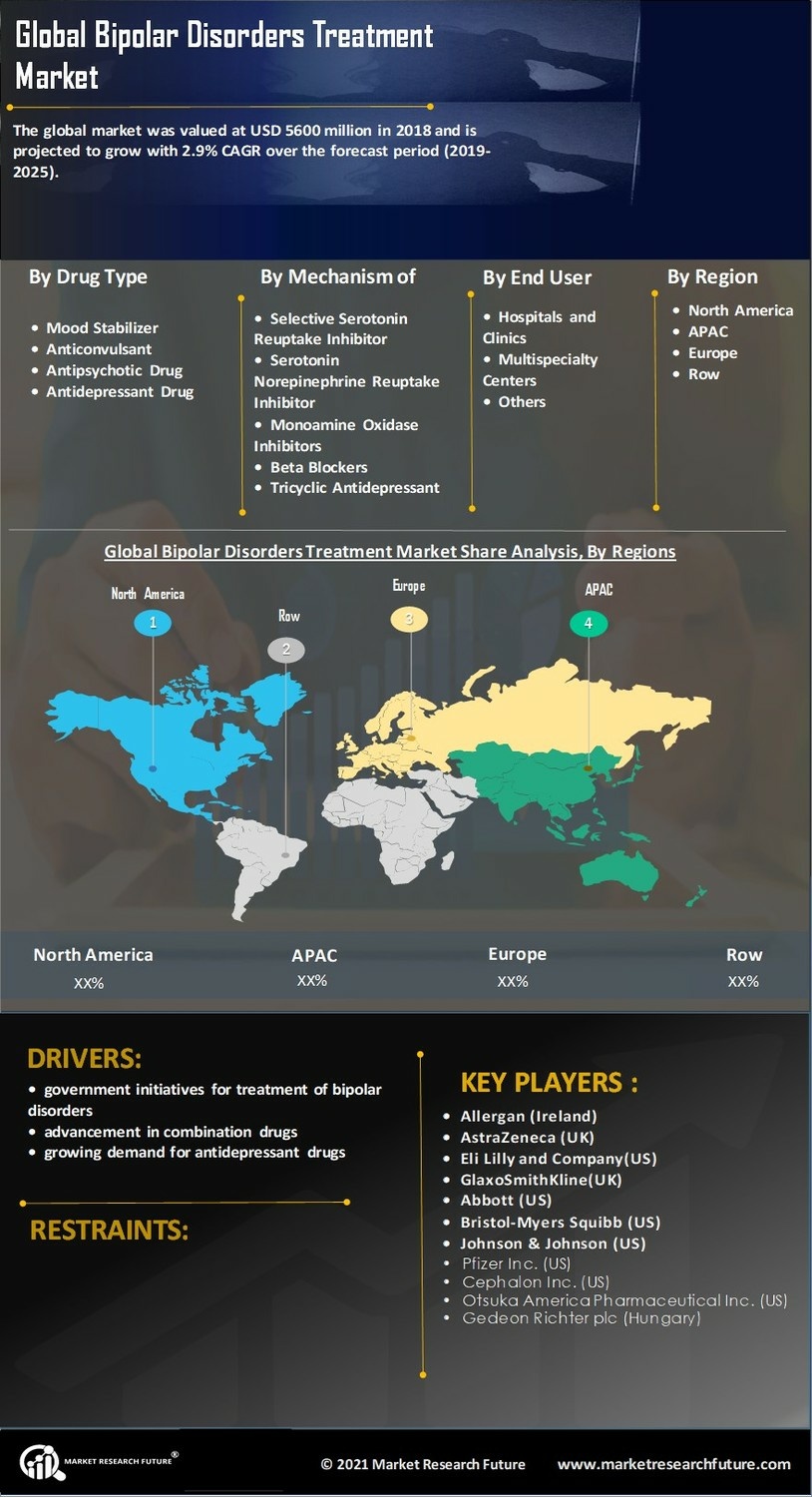

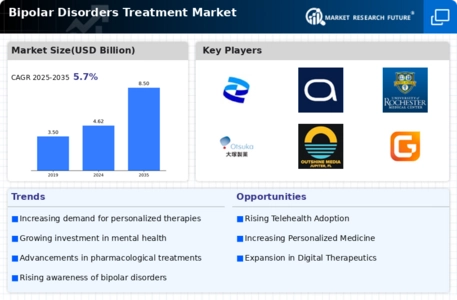
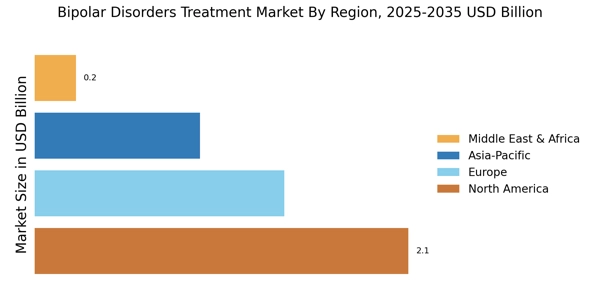
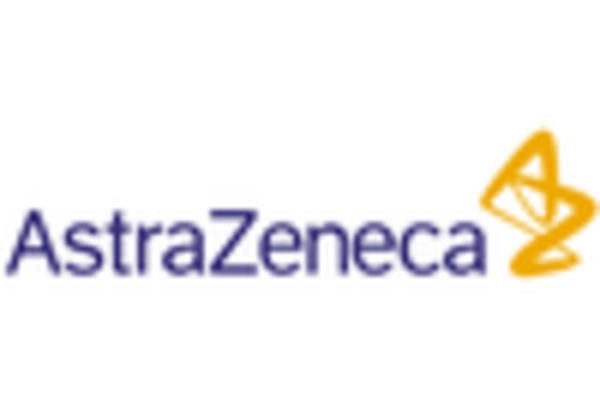
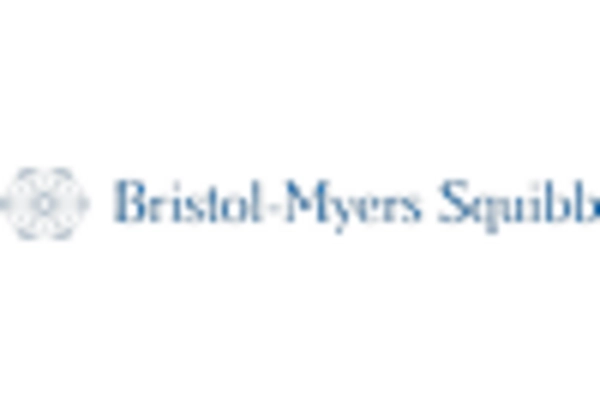
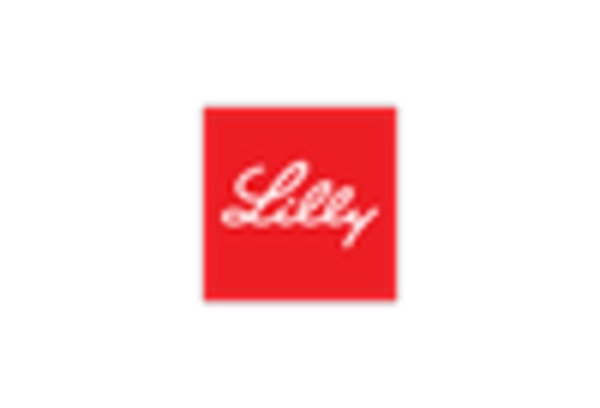
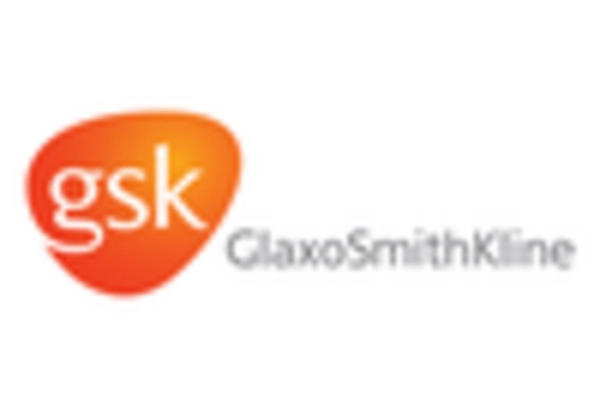
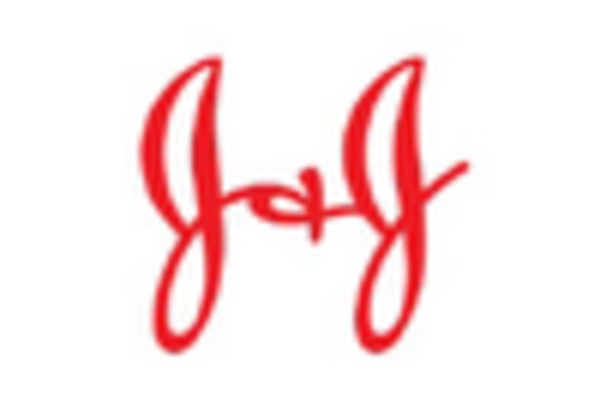









Leave a Comment